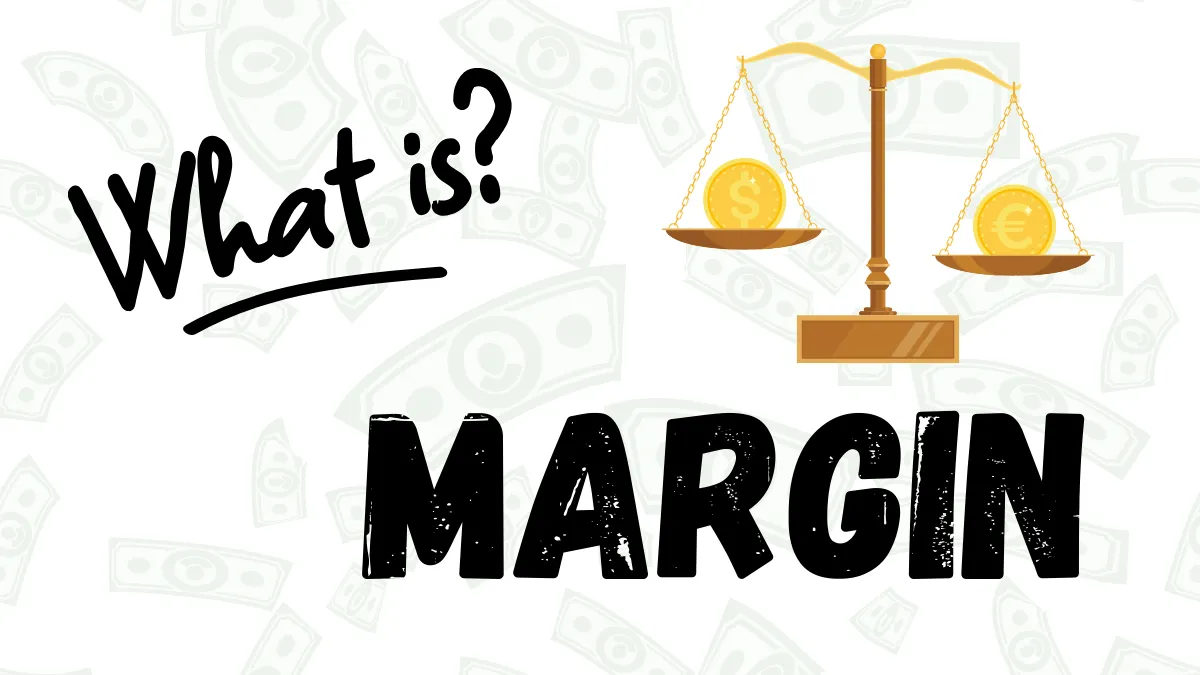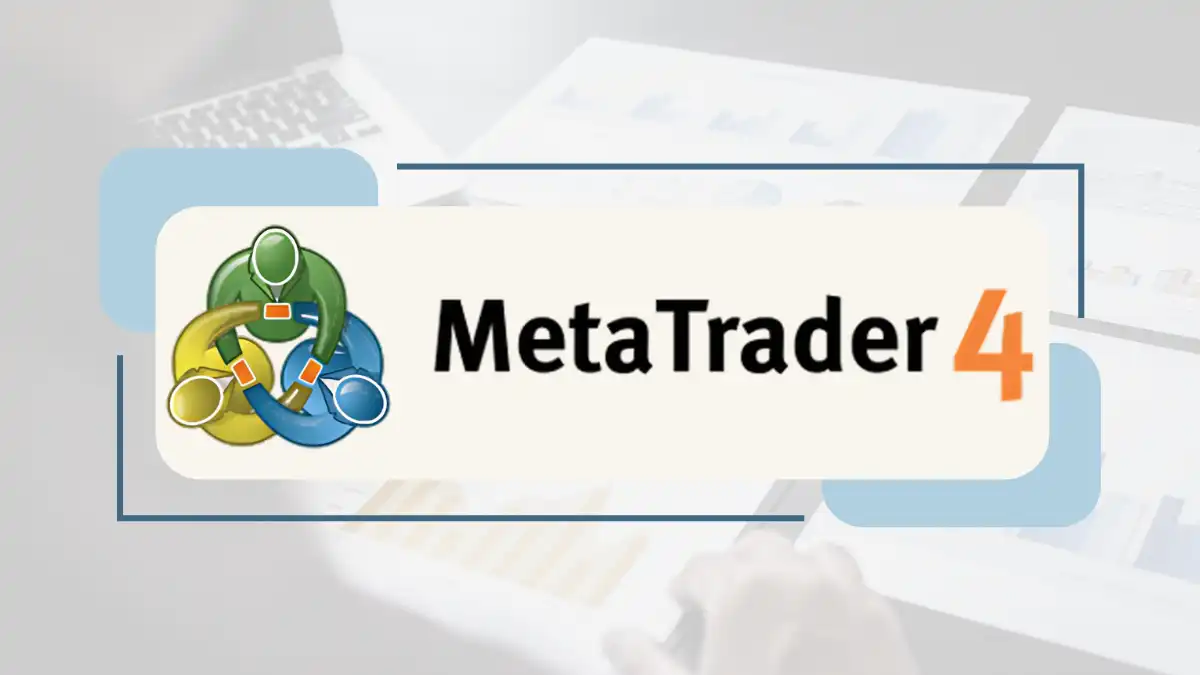What is margin trading?
Margin trading is a common trading method in the foreign exchange market that allows investors to provide only a small portion of the total transaction amount to conduct larger currency trades. This trading method has a leverage effect, enabling investors to control larger positions with less capital, thereby amplifying potential profits or losses.
Margin
In margin trading, investors do not need to pay the full amount of the trading contract but only need to provide a certain percentage of margin as collateral. This margin is equivalent to a "deposit," and the trading platform allows you to use leverage to expand your trading capital.
For example: If the leverage ratio is 1: 100, then you only need to provide $100 of capital to control a trading position worth $10,000.

Leverage Effect
Leverage is the core concept in margin trading. It allows investors to make large trades with less capital. The use of leverage can significantly amplify potential profits from trades, but it also magnifies trading risks.
- Your gains may increase, but if the market moves against you, losses will also be magnified.
- Be cautious when using leverage and consider risk management.
How Margin Trading Works
Opening a Position: When you open a margin trading position, you need to submit a portion of capital as margin. For example, if you want to open a trading position worth $10,000 and the margin requirement is 1%, then you only need to submit $100 as margin.
Maintaining Margin: During the trade, market fluctuations will affect your margin level. If the market moves against your expectations, it may lead to insufficient margin. At this point, the trading platform may require you to add margin (margin call) to avoid forced liquidation.
Forced Liquidation: If your margin is insufficient and you do not add more in time, the platform has the right to force liquidation to prevent your losses from exceeding the initial margin.
Advantages of Margin Trading
- Capital Efficiency: Only a small amount of capital is needed to conduct large trades, greatly improving capital utilization efficiency.
- Potential High Returns: Due to the use of leverage, investors can amplify potential trading returns.
- High Flexibility: Margin trading allows investors to respond quickly to different market conditions and flexibly adjust positions.
Risks of Margin Trading
- High Risk, High Reward: Leverage can amplify both profits and losses. If investors fail to manage risks properly, they may face significant financial losses.
- Margin Call Risk: If market changes lead to insufficient margin, investors need to add margin; otherwise, they may face forced liquidation and incur losses.
Conclusion
Margin trading is a high-risk, high-reward investment method. Investors can use leverage to amplify trading scale, but they also need to bear corresponding risks. The key to successful margin trading lies in risk management and the proper use of leverage.
If you found this article helpful, feel free to share it with your friends.
Let more people learn about Forex trading knowledge together!
Let more people learn about Forex trading knowledge together!




